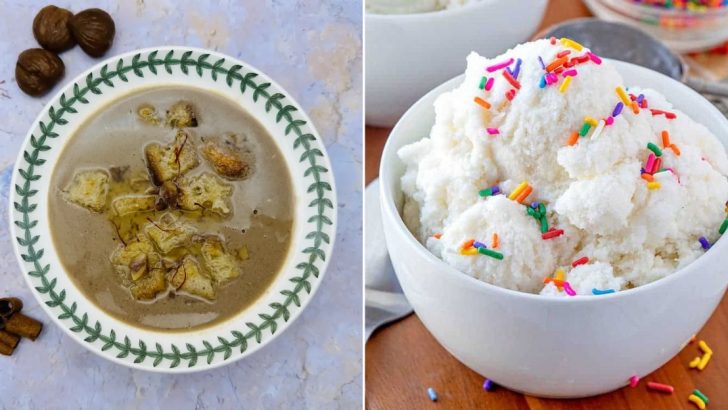Ever wondered what sweet treats our ancestors enjoyed before modern cakes and ice cream dominated dessert menus? Culinary history is filled with fascinating desserts that have faded into obscurity over the centuries.
Together, we will re-discover 15 desserts that have been forgotten throughout the years, some of which are well worth bringing back and others that should stay relics of the past!
1. Syllabub: The Frothy Renaissance Delight
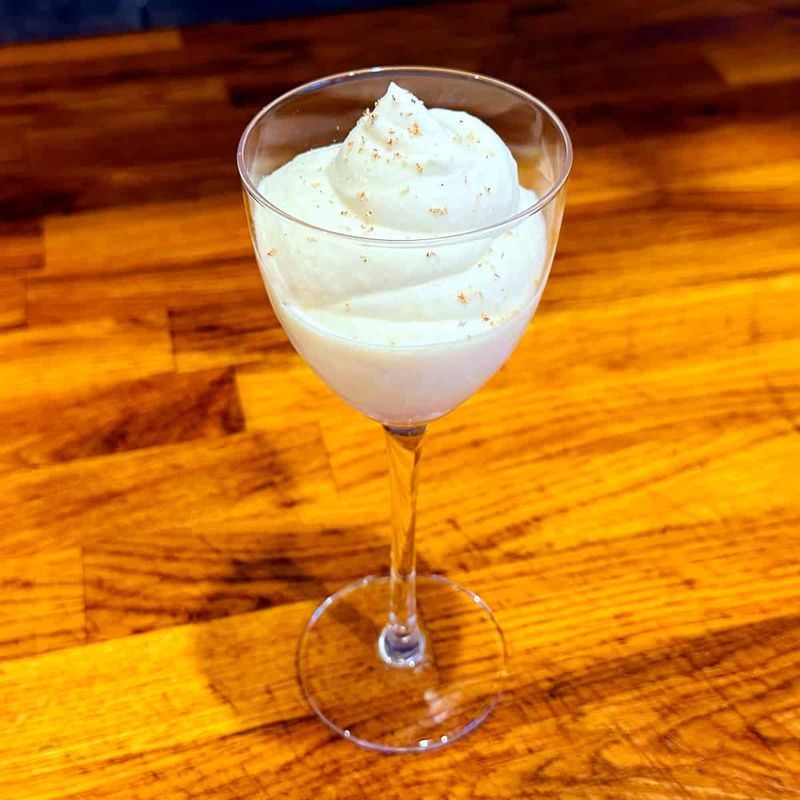
Whipped cream, wine, and citrus combine in this ethereal 16th-century English treat that’s criminally underappreciated today. The delicate clouds of sweetened cream float atop fruity wine or sherry, creating a sophisticated adult dessert.
Unlike modern mousse, syllabub requires no gelatin or complicated techniques – just good ingredients and a whisk! Ready to impress your dinner guests with something both ancient and new? Share your syllabub creations online!
2. Hedgehog Pudding: Bizarre Victorian Monstrosity
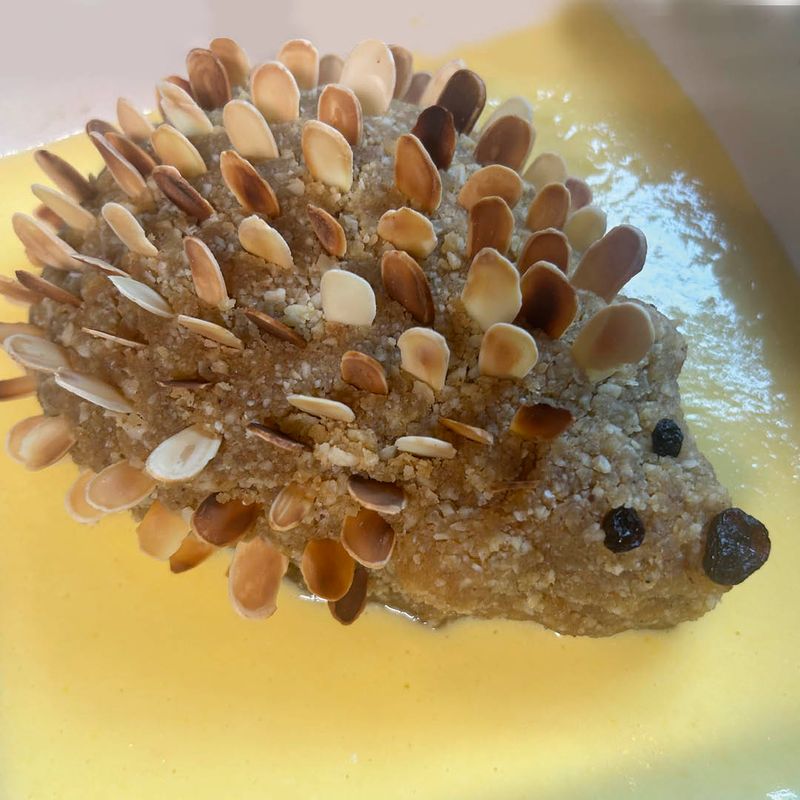
How would you feel about a dessert resembling a spiky woodland creature? This peculiar Victorian concoction featured a mound of suet pudding studded with blanched almonds to mimic a hedgehog’s quills. Though visually memorable, the heavy, greasy texture combined with the awkward protruding nuts created both textural and digestive nightmares.
Sometimes food innovation goes too far! Victorian dinner parties embraced novelty over taste – thankfully, we’ve evolved beyond decorating our desserts as woodland creatures.
3. Nesselrode Pudding: The Forgotten Chestnut Masterpiece
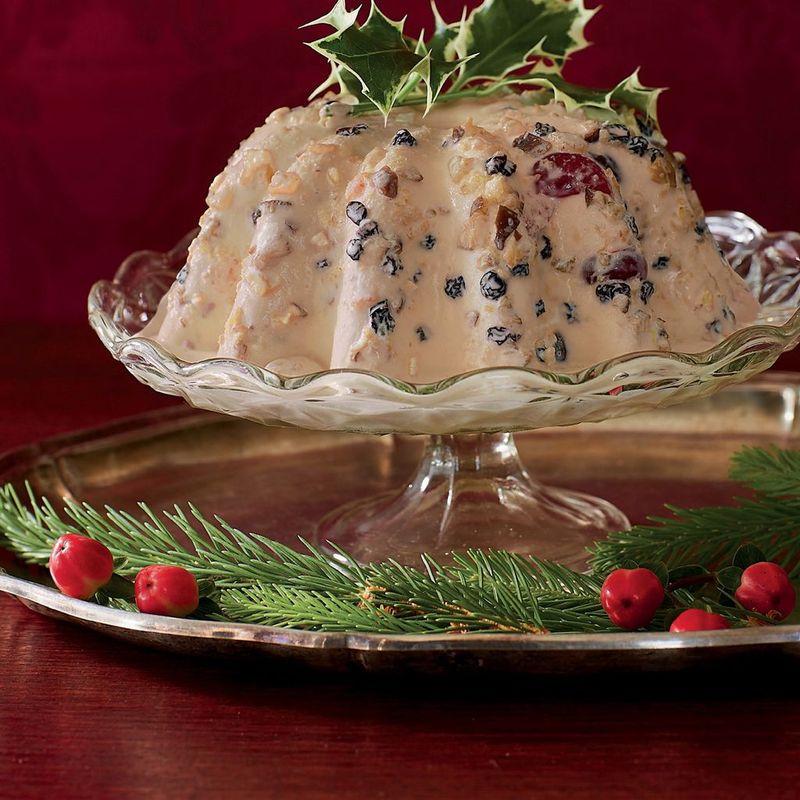
Named after Russian diplomat Count Nesselrode, this 19th-century frozen delight combined puréed chestnuts, candied fruits, and custard into an elegant molded dessert. The complex flavors create a sophisticated alternative to basic ice cream.
Chestnuts provide a nutty, earthy base that pairs beautifully with bright candied fruits! Though labor-intensive, modern kitchen appliances make this once-exclusive treat accessible to home cooks. Have you ever tried cooking with chestnuts? They’re making a culinary comeback worth exploring!
4. Blancmange Eel: Medieval Optical Illusion Food
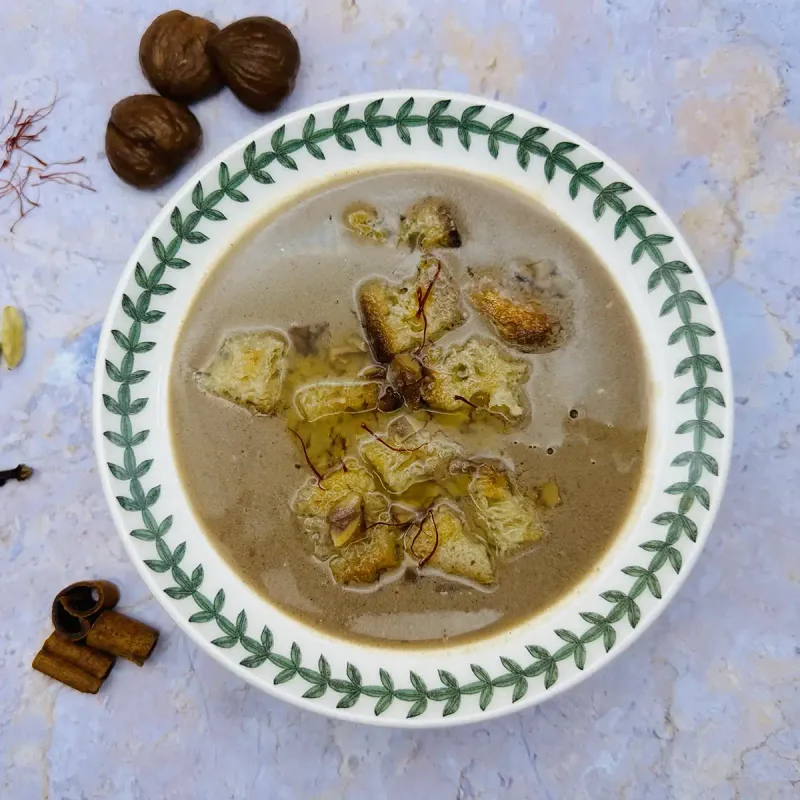
Medieval feasts featured this unsettling almond milk jelly molded into a realistic eel shape, complete with food coloring to mimic scales.
While technically edible, the wobbling, serpentine form on serving platters often triggered revulsion rather than appetite.
The flavor profile wasn’t the problem – almond milk and sugar are pleasant enough. However, the psychological barrier of eating something deliberately designed to resemble a slithering creature proves too much! Would you dare serve this at your next dinner party? Your guests might never return!
5. Baked Alaska’s Forgotten Cousin: The Bombé Glacée
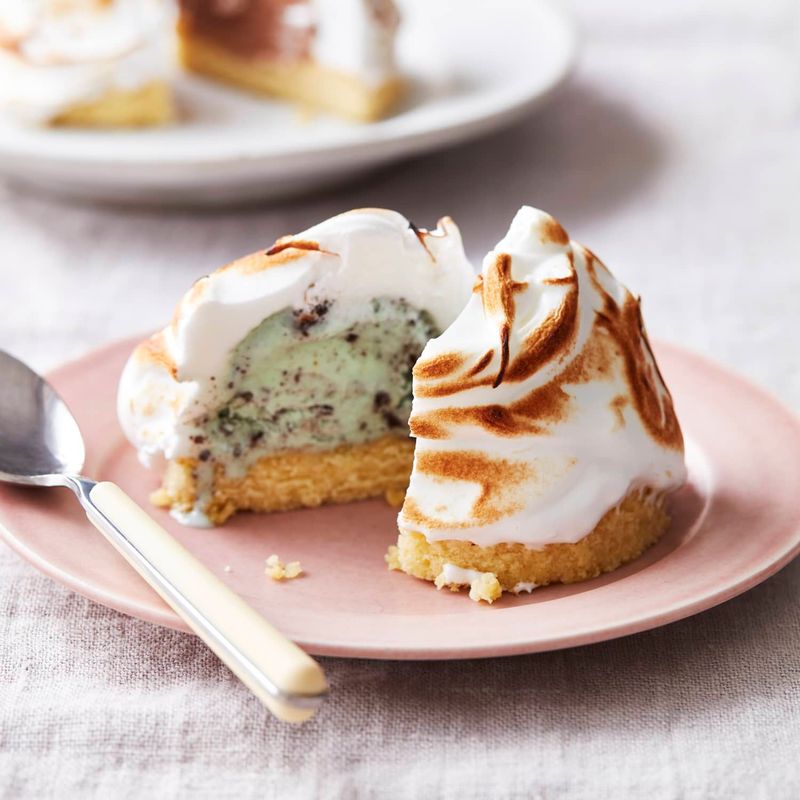
If Baked Alaska had a sophisticated European cousin, it would be the Bombé Glacée! This dome-shaped frozen delight features layers of different ice cream flavors and sorbets, sometimes with a liqueur-soaked cake center. Unlike its flashier relative, no meringue topping or tableside flambéing is required. The dramatic reveal comes from unmolding the perfect dome with its stunning interior layers.
Though time-consuming, the make-ahead nature makes it perfect for entertaining. Try creating mini individual bombés for your next dinner party!
6. Jellied Eels: London’s Questionable Contribution
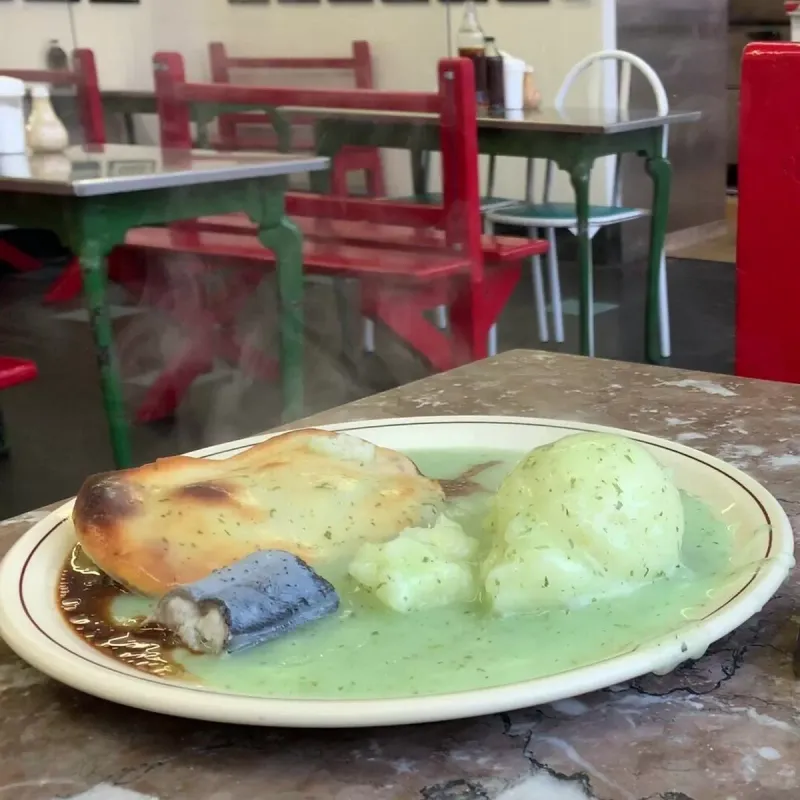
Though technically more savory than sweet, this Victorian East End creation somehow found its way onto dessert menus. Chunks of eel set in a savory aspic jelly created a dish that’s gelatinous, fishy, and utterly bewildering to modern palates.
Where’s the sweetness? The pleasure? The reason? While cultural heritage deserves respect, some traditions exist best as historical footnotes rather than revival candidates.
The combination of slippery texture, visible chunks of fish, and cold serving temperature creates a perfect storm of culinary discomfort!
7. Quaking Pudding: The Tudor Dessert That Jiggles

Imagine a cross between crème caramel and bread pudding that literally quakes when you bring it to the table! This Tudor-era dessert gets its distinctive wobble from eggs and cream in a bread-based batter delicately spiced with nutmeg and cinnamon.
Though humble in appearance, the silky texture and comforting flavors make this a worthy revival candidate. Far less fussy than many modern desserts, it delivers maximum comfort with minimal ingredients. Would this simple pleasure find fans in our complicated world? I’m betting yes!
8. Lamprey Pie: The Royal Dessert That Killed A King
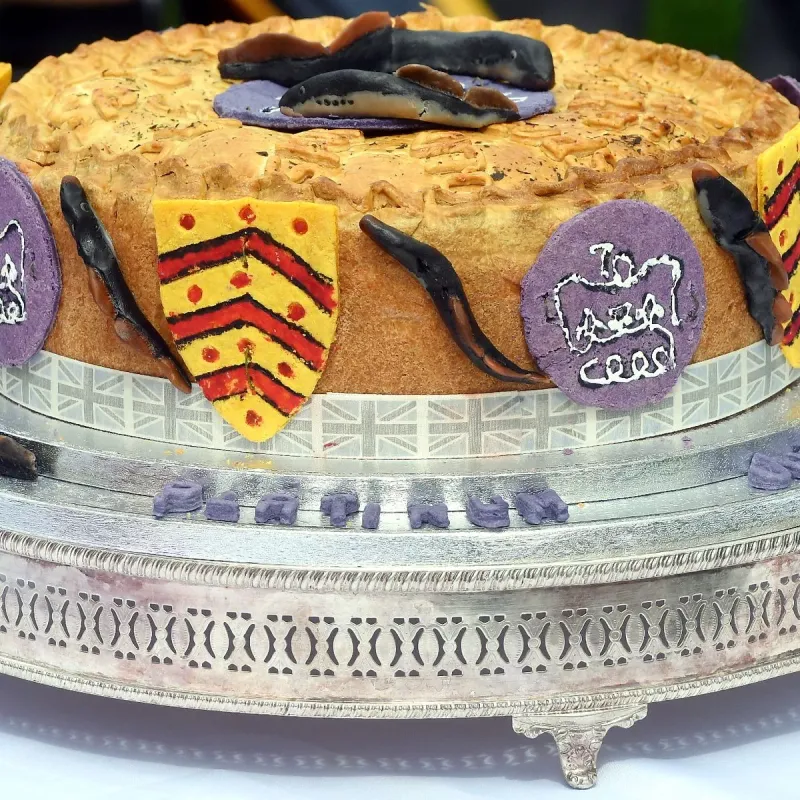
What screams “dessert” more than parasitic fish baked in a pastry shell? This medieval monstrosity supposedly killed King Henry I, who gorged himself on his favorite treat despite physician warnings. Lampreys – eel-like creatures with circular, tooth-lined mouths – were cooked with spices, fruits, and honey in an attempt to mask their naturally unpleasant flavor.
The combination of fatty fish and sweet ingredients creates a truly revolting flavor profile. Some historical foods deserve extinction, and this nightmare certainly qualifies!
9. Raspberry Flummery: The Silky Berry Cloud

Light as air yet bursting with berry flavor, this 18th-century dessert transforms simple ingredients into an elegant finale.
Raspberries, sugar, and thickened cream create a silky pudding that’s neither too rich nor too sweet. Unlike modern mousse with its reliance on gelatin, flummery uses ground almonds or oats for thickening. The result? A naturally gluten-free treat that would delight today’s dietary-conscious diners.
Perfect for showcasing seasonal berries, this forgotten gem deserves a place in contemporary kitchens!
10. Stargazey Pie: The Dessert That Stares Back
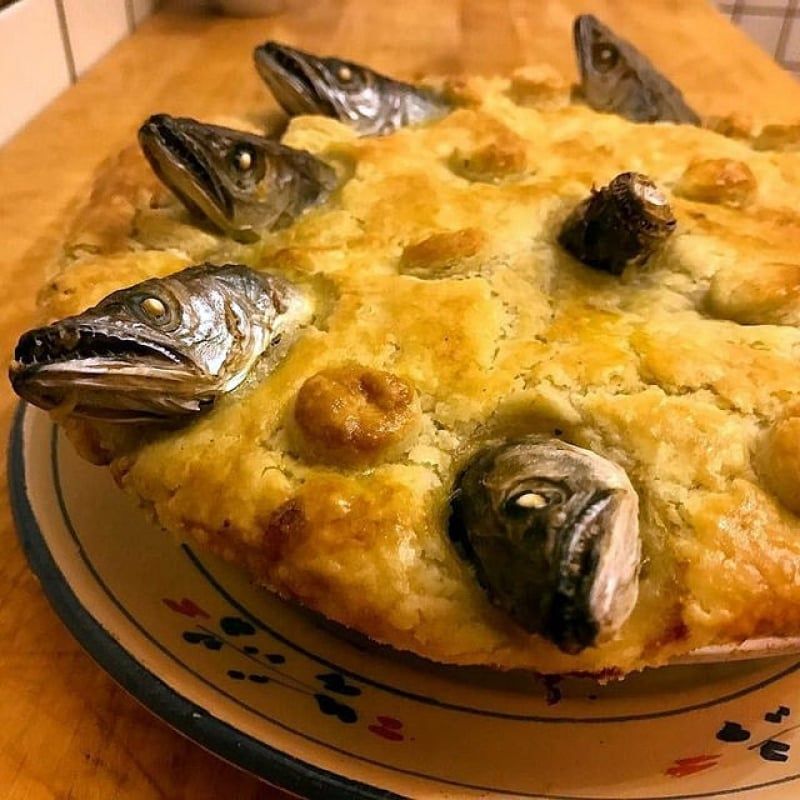
Cornish creativity went horribly wrong with this disturbing creation featuring fish heads poking through the crust, appearing to gaze at the stars. Though typically savory, sweet versions existed with candied fish and sugared pastry – an unholy matrimony of flavors.
Beyond the obvious visual distress of being watched by your dessert, the combination of fish oils and sweetness creates a rancid aftertaste that lingers for hours. Some culinary traditions exist as cautionary tales rather than inspiration! Would you brave a dessert that makes eye contact with you?
11. Shoofly Pie: The Pennsylvania Dutch Classic
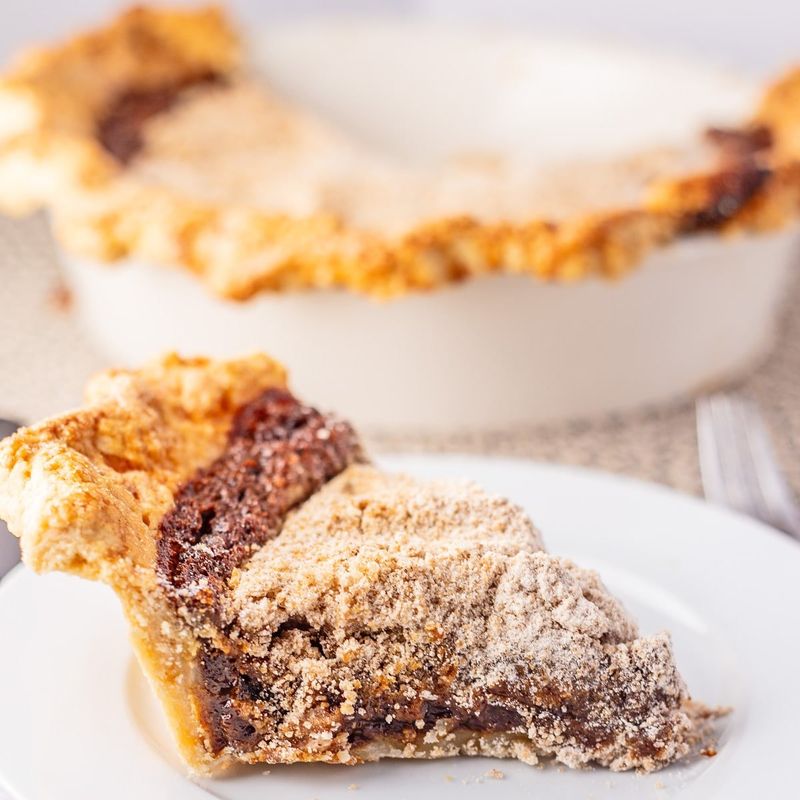
Though not entirely forgotten in Amish communities, this molasses-based pie with its crumbly topping deserves wider recognition! The dark, sticky filling contrasts beautifully with the buttery streusel, creating a symphony of textures and deep caramel flavors.
Legend claims the name comes from bakers shooing flies away from the sweet treat while cooling. Modern palates, increasingly drawn to less-sweet desserts with complex flavors, would appreciate this humble pie’s sophisticated molasses notes. Have you ever tried this American heritage dessert? Your taste buds are missing out!
12. Cock-A-Leekie Pudding: Scotland’s Sweet Poultry Disaster
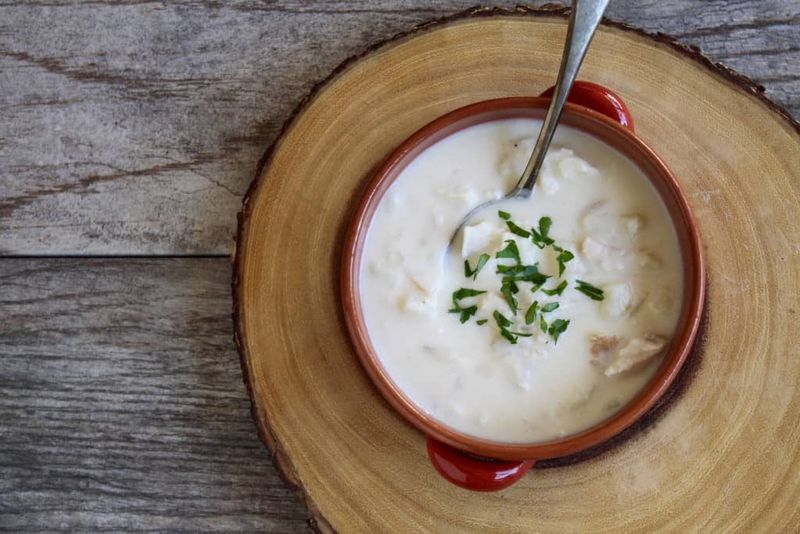
Taking the famous chicken and leek soup into dessert territory was a culinary misstep of historic proportions!
This 18th-century Scottish creation incorporated dried fruits, sugar, and disturbingly, actual chicken pieces into a steamed pudding. The clash between meat, alliums, and sweetness created flavor confusion rather than harmony. Though nose-to-tail cooking deserves respect, some ingredients simply don’t belong in the dessert course! Modern attempts at recreating this dish have universally ended with regretful diners questioning their life choices. Let’s leave this one in the history books!
13. Snow Cream: Colonial America’s Winter Delight

When life gives you snowstorms, make dessert!
Early American colonists created this seasonal treat by mixing fresh-fallen snow with cream, sugar, and vanilla – nature’s own ice cream maker. Though simple, the ephemeral nature of this dessert – only available during snowfall – made it especially treasured. Modern versions could incorporate locally-sourced cream and artisanal flavorings for a sustainable, hyper-seasonal dessert experience. Looking for a magical winter activity for kids? Revive this historical treat during your next snow day!
14. Figgy Dowdy: The Over-500-Year-Old Disaster
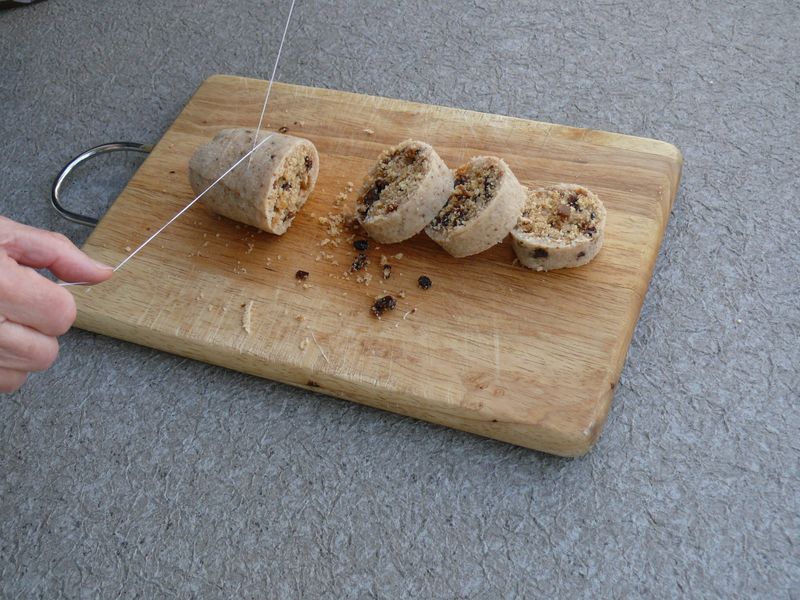
Dating back to 15th-century England, this medieval monstrosity combined figs, suet, breadcrumbs, and spices into a dense, heavy mass. While fig lovers might defend it, the overwhelming sweetness combined with greasy suet created a truly challenging eating experience. The texture resembled wet sawdust held together with animal fat – hardly appetizing by modern standards!
Though historically significant as one of England’s oldest recorded desserts, some culinary traditions deserve respectful retirement. Would you try a 500-year-old recipe that features beef fat as a key ingredient?
15. Marlborough Pudding: New England’s Apple Custard Heaven
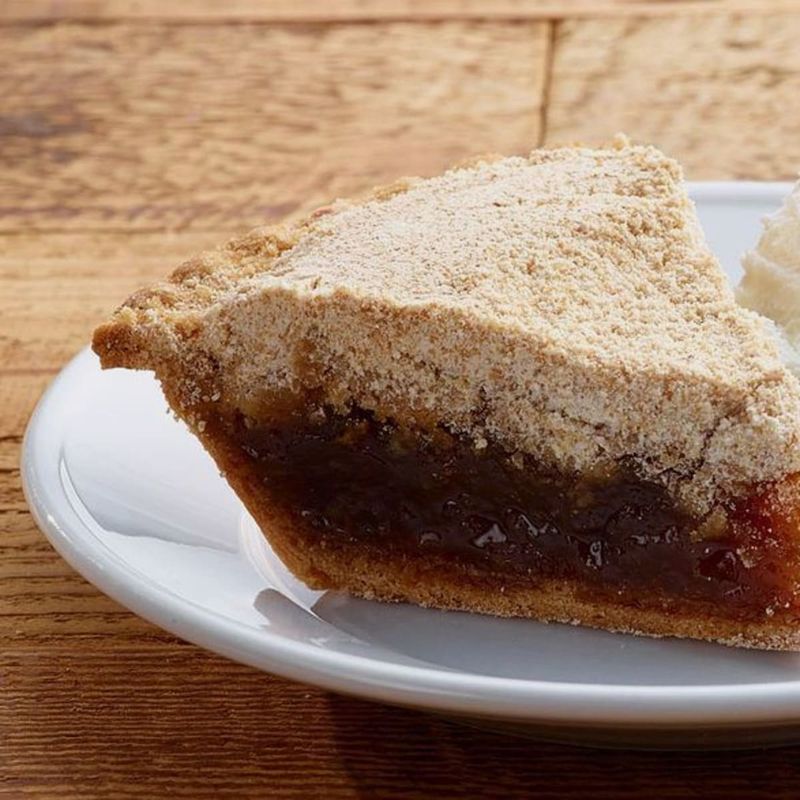
Thanksgiving tables once featured this silky apple custard pie before pumpkin took center stage! Dating back to Colonial America, this elegant dessert combines stewed apples, sherry, nutmeg, and rich custard in a buttery crust. Unlike modern apple desserts that emphasize chunks of fruit, Marlborough Pudding creates a smooth, refined texture through straining the apples. The subtle complexity of flavors – sweet, boozy, creamy, and tangy – creates a sophisticated finish to any meal.
Ready to revolutionize your holiday dessert table? This forgotten gem deserves resurrection!

